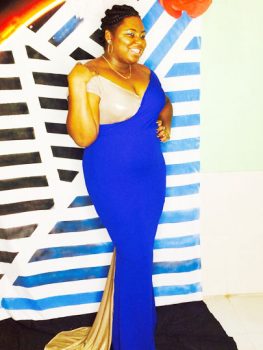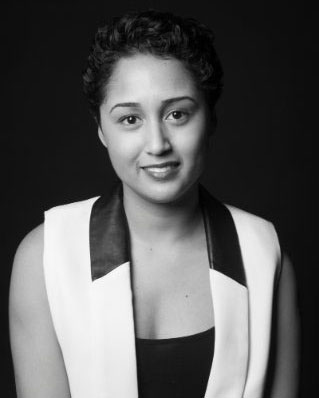Luxury can be defined as a state of great comfort or elegance, especially when difficult to obtain. The word connotes opulence, a rarity available to the wealthy, and those that try to appear as such.
One of the easiest ways the general population can show their wealth is through fashion brands and branding that’s a bit more easily available. French, Italian, American and British brands that are mainstream have reaped the profits and over the years built a brand awareness that pays in dividends. Think about your Chanel’s, Gucci’s, Tom Ford’s, and Burberry’s, just to name a few.
But what is luxury?
I recently watched a series of documentaries on Netflix called Abstract: The art of design. In an episode featuring interior designer Ilse Crawford, she said, “Luxury is attention and care in each detail”. That struck me deeply.

It made me think of my last few weeks of 2017. Two of my good friends asked me to design and sew their Ole Year’s Night gowns, which I happily agreed to.
The process of dress making was intricate to say the least, there was ideation and sketching, fabric selection, measuring, pattern making, sample making, sample fitting, the first fitting, second fitting and at last, the final fitting and delivery.
It is a lot of work, and a lot of time spent.
Time.
In a 2015 speech at Oxford University Kanye West said, “Time is the only luxury. It is the only thing you can’t get back.”
The time I spent on those dresses had a vast effect on the price of them. There simply is no way for a person to put in a substantial amount of work, making then editing, and then sell it at a price comparable to a fast fashion boutique buy. The creator will end up at a loss, and though design and dressmaking is an art form, buying and selling is business.
So I have to agree, unequivocally, with Ilse Crawford; true luxury is putting an unfaltering level of attention and care into every detail. It goes beyond building a brand that is synonymous with luxury—though that is critical to survival —and instead building a product or providing a service that is so well thought out and effective that every client receives value for each dollar spent.
There is this huge misconception of luxury in the Guyanese marketplace. Somehow there is no distinction between spending thousands of dollars on a belt by a European design house and low- balling any craftsman here. While the market does dictate a much lower price on a local design, the designer still has to live.
The Nere Dress and Cape Combo.
So your purchase goes directly, to their overhead, it pays for the hours of work they put in to hone their skill, the time spent perfecting the product you’re paying for, and often times is re-invested into their business to increase the value they provide. Creators based in Guyana are consistently pushed to justify their prices, which is fair when someone is providing a service. An issue arises when they are backed into a corner to lower their price because of their need to survive.
Also, as is stated in the definition, luxury is something difficult to obtain—it’s wise to remember you can’t be cheap when searching for it.
I cannot wait to hear your opinions on luxury, what is it to you? And how do you know when you’ve found it? The conversation continues on buildingbrooke.com.





